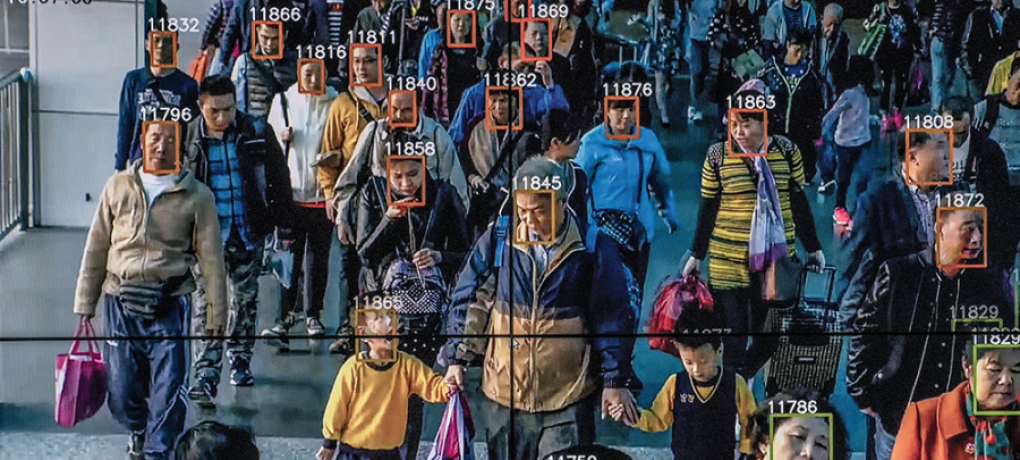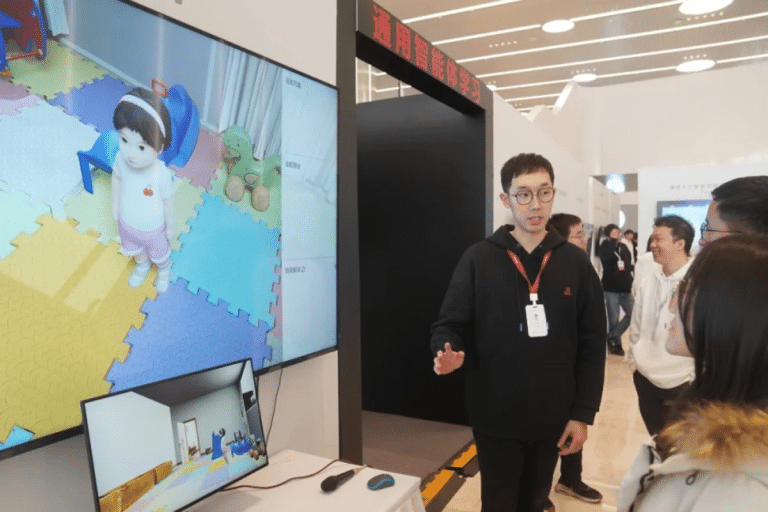The Chinese government has exponentially increased its dependency on emerging technologies like artificial intelligence (AI) and machine learning (ML) for driving the next phase of governance.
Being the largest populated country, the technology has been increasingly proven to more productive in delivering voluminous and data-driven tasks like surveillance, which otherwise would have been hard to deliver. However, due to the government’s various moves such as racial profiling, snooping and tapping into citizen’s data with the help of AI, it has courted a number of controversies for repeatedly misusing the technology.
In this article, we look at the ways in which the Chinese government is misusing the technology.
1) For racial profiling: In April this year, a US-based prominent newspaper reported that the Chinese have devised AI-based facial recognition system is capable of racially-profiling the country’s Uighurs population, who belongs to the minority Muslim community. Though the government has dismissed the claim, the report claimed that the government installed the system in the country’s mass surveillance system in order to track and monitor the group.
The new system that is installed in the Chinese cities of Sanmenxia is reported to have scanned as many as 50,000 Uighurs in a month alone. In order to achieve, the algorithms were trained to detect the difference in skin-tone and facial features from the surveillance image to tell apart from its citizens.
Though one of the biggest arguments in favour of technology is that it is not the AI systems that are biased, instead it is the developers’ intrinsic bias that is passed on to the systems, the argument couldn’t hold water with AI critiques who have been constantly warning about the ill effects of the technology if it isn’t curbed.
Despite international rights organisations crying foul, the Chinese government has periodically refuted claims about the ill-treatment of Uighurs. In 2018, it had even gone to the extent of building re-education school, forcing millions of Uighurs to learn Chinese Mandarin and what the government claimed was a move to reintegrate the community members to the mainstream Chinese culture.
2) Mass surveillance: In 2017, China eye unveiled its mass surveillance system Dragan Eye, which used that state’s national database of 1.3 billion and an additional 500 million who recently entered the country. Though similar systems have been deployed in other countries, international rights organisation claim the system is double edged-sword which has leveraged to track and monitor activists and dissidents.
The systems are believed to be installed in 16 cities and other areas across the state and the systems can scan through 1.4 billion of its citizens with 98 per cent accuracy.
3) Internet Censorship: The country is known for its strict internet censorship policies, often taking very strict measures against its citizens for questioning the regime. In the last few years, the government is known to use AI/ML algorithms to stifle free speech and identify questionable contents. Even though popular services like Facebook, Google and Twitter are banned in the country, the number of internet users have only grown up, forcing local players like 1Qqyi, local video-streaming sites to use ML to identify content that the government has banned.
4) For snooping: Recent reports suggest that several US-tech such as Microsoft to snoop on the Uighurs population. A report by a noted publication stated that Microsoft Research Asia, a research arm of the company, has partnered with the country’s military to snoop on the Uighurs, though the Chinese government and Microsoft has refuted the claims.
5) For flagging defaulters: According to a leading human rights organisation, the government predictive policing programme with uses data and artificial intelligence to collect data about its citizens who could be a potential threat to the government. Called the Integrated Joint Operation Programme, the system compiles individual’s data from different sources and leverage technologies like AI and ML to zero-in on defaulters.



















































































